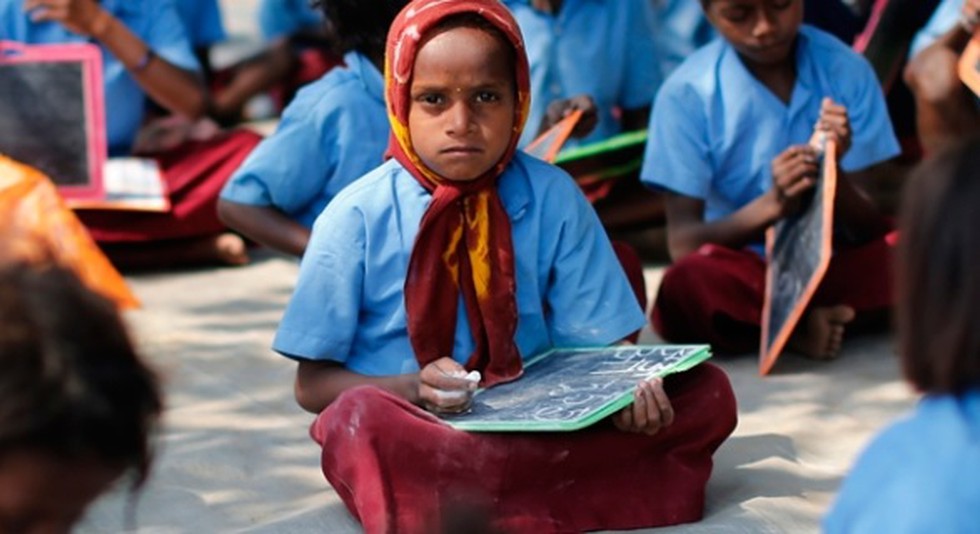The study is co-authored by Alok Kumar, adviser, NITI Aayog, and Seema Bansal, director, social impact, Boston Consulting Group.
Findings of the study:
- Number of schools: Because of an emphasis on enrolment, India adopted the strategy of building schools near every habitation, resulting in a proliferation of schools with tiny populations and inadequate resources. India has almost 3-4 times the number of schools (15 lakh) than China (nearly 5 lakh) despite a similar population.
- Teacher shortage: India has a shortage of more than 10 lakh teachers. The teachers that exist are inadequately distributed. Apart from academic work, teachers are also engaged in managing midday meals, conducting surveys and in administrative and election duties.
- Learning levels: Annual Status of Education Reports (ASER) found that nearly half of class 5 children cannot read a class 2 text. Dropout rates increase as children move up. Around 30% enrolled in class 1 graduate from class 12.
Recommendations made in the study:
- Consolidate several such schools within a short distance of one another, and provide transport and allowances. School consolidation, pioneered in states like Rajasthan and Jharkhand, has reaped rich dividends.
- Move teachers from surplus to deficit schools, restructure complicated teacher cadres, and increase investment in teacher recruitment. Madhya Pradesh has undertaken an online teacher rationalisation process, moving nearly 10,000 teachers from surplus to deficit schools.
- Shift from syllabus completion to focus on what competencies students have mastered. Dedicated time should be carved out in the school day to bridge learning gaps, and students should be taught based on their learning levels rather than grades.
